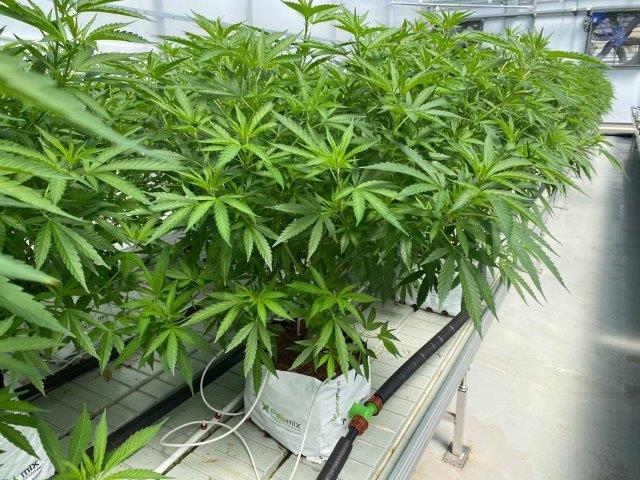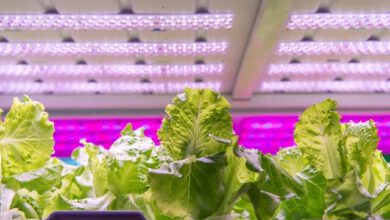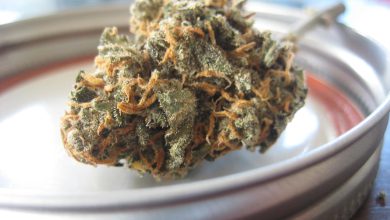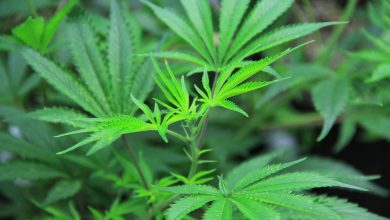Optimizing Cannabis Root zone temperatures – key to volume and uniformity
The effect of root zone temperature on mother plants to achieve uniformed Cannabis blossoms
Interview with Eli Vered, eli.veredagroc@gmail.com– Chief agronomist – ROOTS Sustainable Agriculture Technologies


farmers who are growing greenhouse crops under controlled conditions seek to increase crop yield per unit of area and maintain crop quality, texture, taste and plant’s health etc. an additional challenge growers face is preserving uniformity of plant groups in the greenhouse.
uniformity means harvesting a plant from which the same combination (or close to same) of active ingredients may be derived for consumer use (either powder or oil), so that the product will have an identical effect and results upon each application.
in contrast to chemical medications, whereby dosing of active ingredients by percentage and weight is easy, cannabis is a plant, and growers cannot control all of its ingredients. therefore, the grower’s effort is invested in providing optimal and uniformed conditions that will lead to high, consistent yields and plant’s composition.
growing cannabis begins with seeds planted in the soil, which then grow to be seedlings (“mothers’). growers then take cuttings with stems, let them take root and then plant the cuttings so they can become plants; the plants then blossom, active ingredients required by consumers is then extracted. in other words, these “mothers” have considerable influence on the nature of the next generation and final composition.
the relation between mother plants’ uniformity and stability to active ingredients
in most plants, including cannabis, roots are capable of producing the very best results under temperature range between 18-28º c. if optimal temperature in the root zone is not maintained, the growing substrate and roots are liable to reach a state of oxygen deficiency resulting in a disruption of nutrient uptake process.
in other words, mother plants harmed by low or high temperatures, can not manage to supply themselves with all the necessary nutrients, and transmit them to the cuttings.
even though plants can balance, to an extent, the nutrients within it, , the fresh leaves have retained memory. when a plant (cutting with leaves) is sourced from a mother plant which suffered from lack of nutrients in its roots, its cuttings and leaves will not be able to absorb these materials as well and as a result they will inherit nutrient deficiency.
when the growing substrate is deprived of enough oxygen, the roots will have difficulties to absorb nutrients (primarily iron, magnesium and zinc) essential for the development of quality seedlings and deficiency in any of these nutrients and minerals is liable to make it difficult for the plant to engage in photosynthesis.
this means that a considerable proportion of the cuttings that initially inherited the mother plants’ vulnerability, will have poor quality and will be discarded. the grower’s hard work will be wasted, and the monetary loss will be great.
about 10% of each farm’s growing area is usually devoted to mother’s growing. oxygen availability due to optimal root zone temperatures is of critical importance, affecting the profitability and quality of plants in the vegetation and flowering areas. success or failure in growing high quality mother plants has therefore tremendous financial consequences.

how to achieve uniformity and quality in mother plants
farmer’s installations of roots technology coupled with studies conducted by the company over the years have demonstrated that the necessary condition for producing uniformed good quality cannabis seedlings is the maintenance of a narrow root zone temperature range between 20-24º c. . therefore, roots technology aims to provide this temperature range to the root zone year round.
the advantage of roots technology is the possibility of cooling or warming the root zone area as needed in one system, thereby making the need to cool or heat the entire greenhouse space superfluous. this enables a significant reduction in expenditure of energy needed for heating or cooling the mother plants. in either case, the grower saves considerable and unnecessary expenses.
controlling root zone temperature also affects the number of blossoms, since an optimal temperature enables the plant to perform photosynthesis longer and at a higher level, which results in a greater quantity of foliage, and more cuttings.
for example, most plants close their stomata (to protect themselves from dehydration), at approximately 30º c. in various installations in israel and california, the stomata close during the summer at around 11 am, and reopens late in the afternoon. if the root zone is cooled down to the optimal temperature, the stomata will close an hour or two later (12 noon or 1 pm instead of 11 am) thus adding one or two hours of photosynthesis per day. the result is a shortened growing cycle and a 10-20% increase in volume of cuttings, dependenton to the variety.
as a result of this increased amount of cuttings, harvest output increase as well. one worker can pick a larger number of blossoms in the same unit of area, and the growers will enjoy the cost savings and greater profitability.
furthermore, the advantages of operating this system continue to accumulate. if growers once used to grow the plants in a 15-20 liter container, today containers hold a volume of 4 liters, so that the number of plants per square meter is doubled, and therefore a double number of cuttings is required. using the roots system, the mother plants enjoy optimal conditions and produce a greater quantity and number of cuttings. this enables growing cycles of three months or less, meaning higher yields and accordingly, more money in the farmer’s pocket.
for more info: https://rootssat.com/
mark@rootssat.com




